Otherwise known by Goshenite, Emerald, Morganite, Red Beryl, Aquamarine, Heliodor, Maxixe, Davidsonite, Rosterite, or Vorobyevite
Beryl is not often thought of when it comes to synthetic materials, but it's actually quite common in the gem industry. Beryl in of itself doesn't have much or really any industrial use, but it is exceptionally popular in gemology for obvious reasons. The main method of production for it (hydrothermal) also makes very realistical / natural looking stones with inclusions, similarly to natural specimens. Flux synthesis does aswell, though it's not nearly as common of a production method in the modern era.
A large benefit of synthetic beryl is that it costs far less and can be grown in basically any of the natural color varieties. Unfortunately, the gem industry has kept quite a tight hold on the mass-production of synthetic beryl, so finding it for reasonable prices can still be difficult.
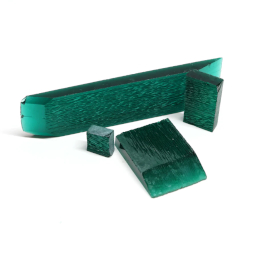
Emerald
Emerald
Color: Green, Cyan, Lime
Fluorescence: Red
Cause: Chromium, Vanadium, Copper and Iron Ions
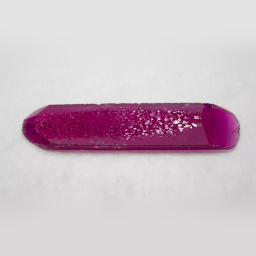
Morganite, Red Beryl
Morganite, Red Beryl
Color: Pink, Magenta, Red
Cause: Manganese Ions
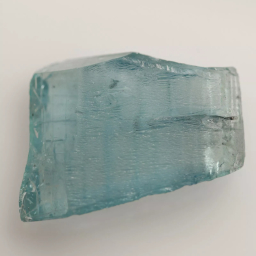
Aquamarine, Heliodor
Aquamarine, Heliodor
Color: Blue, Cyan, Yellow, Orange
Cause: Iron Ions
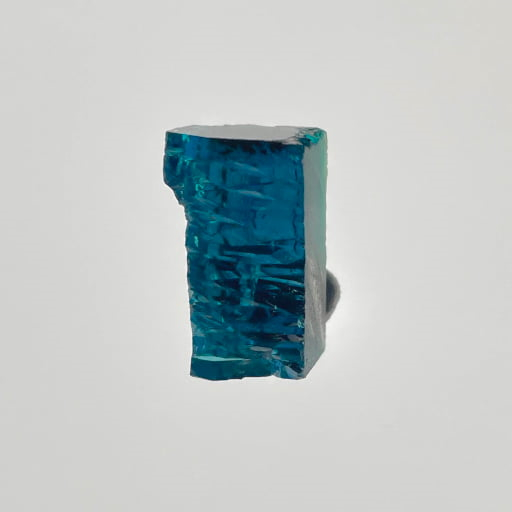
(Needs Research)
(Needs Research)
Color: Blue, Cyan, Green
Cause: Cobalt, Copper, and other Ions.
Effect: Pleochroism
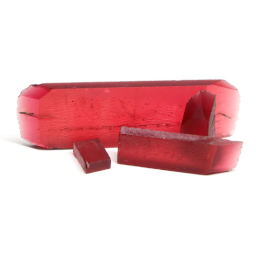
Red Beryl
Red Beryl
Color: Red, Orange
Cause: Cobalt and Manganese Ions






